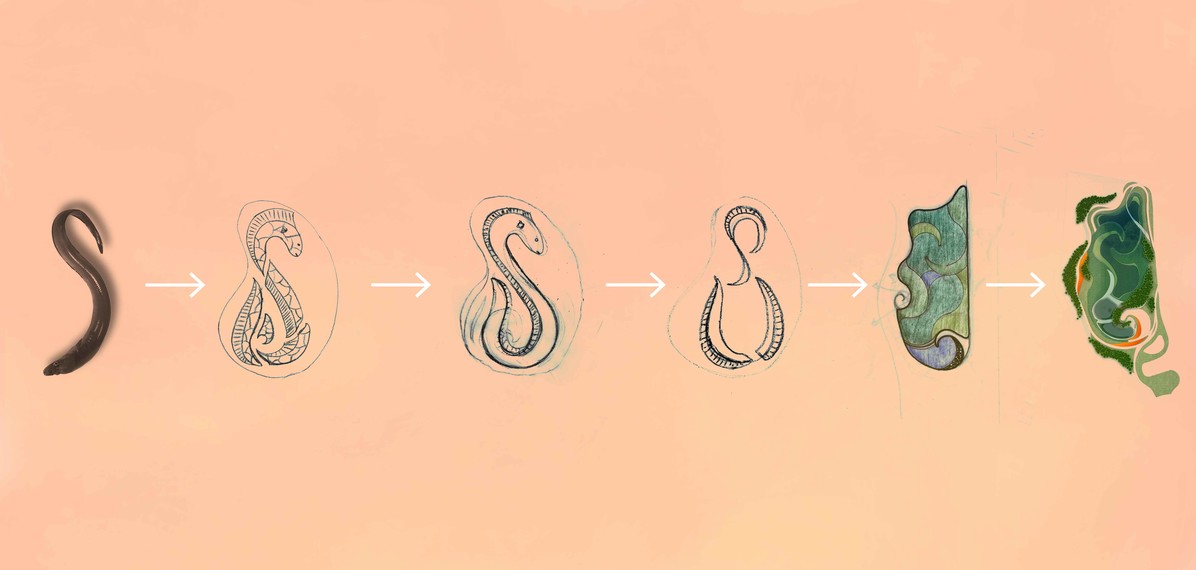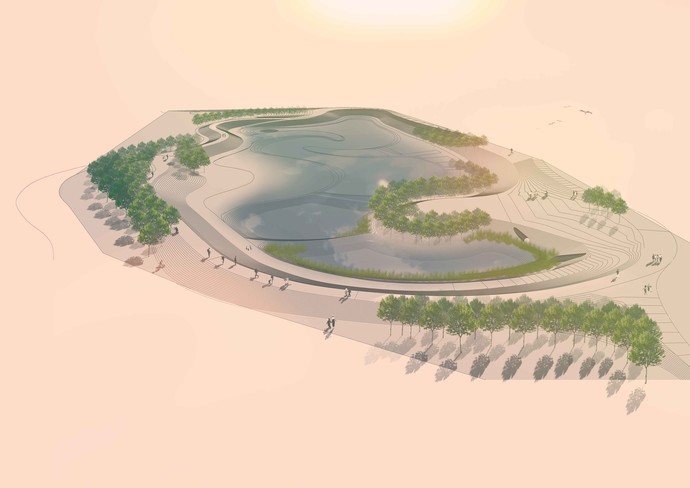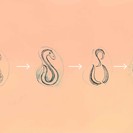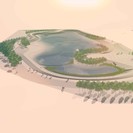

This project challenged our thinking processes and explores a different design method embracing hydrological, cultural and physical challenges.
Drury South Crossing is a 361-hectare subdivision in Drury, South Auckland, with over 80 hectares of open space.
The development will manage stormwater via a treatment train approach. Raingardens, tree pits, and swales lead to a large centralised wetland that will provide additional treatment for the 115 hectares of runoff from the new development.
This wetland is very large (approximately 3.5 hectares), and complex (sinuous design), located within the active floodplain of a major stream, situated between a significant ecological area and commercial precinct.
The wetland location within the floodplain is tightly constrained in all directions by the Hingaia Stream, balance of the flood plain area to the west and by the proposed commercial area to the East. This provided a number of design challenges for the project team.
This project challenged our thinking processes and explores a different design method embracing hydrological, cultural and physical challenges. Instead of working through the conventional process – Survey- Analysis-Design (SAD) we explored a different design approach by introducing a metaphor into the design process at an early stage. We began with a narrative about the tuna (long fin eel) in the Hingaia. These creatures are expected to benefit from the wetland, both in terms of habitat and water quality enhancement.
The representative forms of the tuna, provided by mana whenua artist Ted Ngataki, were applied and adapted to the functional forms required by the latest guidance material (GD_01 Stormwater Management Devices) for a ‘sinuous wetland’.
The resulting forms and supportive patterning creates a mosaic of terrestrial, wetland and aquatic habitats, and provides a strong pattern of landforms and planting that can be viewed from the commercial precinct and explored by a network of paths.
Client:
Drury South Crossing
Boffa Miskell Project team:
Mark Lewis
Benjamin Loh
Katherine Eastman
Luna Cheng
Jason Mazey
Eddie Sides
Worked with:
Tonkin + Taylor
Ngati Tamaoho artists Ted Ngataki and Maaka Potini
Stevenson Mining Limited
Watres Consulting

